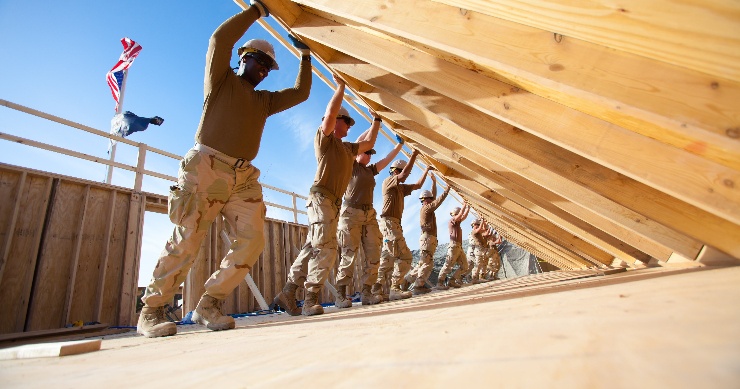Woodworkers often experience joy when acquiring a large power tool, but the challenge lies in safely and efficiently moving and setting up the equipment. Proper planning and preparation are key to handling these heavy machines without injury. Before the tool arrives, it’s important to map out the workshop space, considering workflow and the placement of existing tools. This helps ensure a clear path for the new machine and minimizes the need for reorganization later on.
Preparing the space for the new machine involves determining its location and clearing a path for its delivery. If replacing an old tool, the new one can take its place, but if it’s an addition, finding the right spot is crucial. Labeling the floor with masking tape can provide a clear plan for where each piece of equipment will go, especially when dealing with multiple heavy items. Getting the delivery as close as possible to the final destination is advised to reduce the strain of moving it further.
Options for moving the equipment include using a pallet jack or black iron pipe rollers, with the latter being a slower but effective method. If necessary, unpacking the crate and carrying individual parts may be the only solution, but it’s important to lift carefully to avoid injury. These tips, drawn from the setup of Fine Woodworking’s new shop, aim to facilitate the installation process and prevent physical strain for woodworkers.
Key Takeaways:
- Planning the layout of a workshop in advance is essential for efficiently integrating new, heavy stationary power tools.
- Preparing a clear path and space for the new machinery before its arrival can prevent potential injuries and logistical problems.
- Utilizing tools such as pallet jacks or black iron pipes as rollers can greatly facilitate the movement of heavy equipment into its designated location.
“Start with a plan – Stationary power tools are big, heavy, cumbersome beasts, so you want to minimize the variables before one even arrives. Whether you’re getting one tool or several, map out your space to understand workflow and anticipate where pre-existing machines may need to move.”
More details: here






